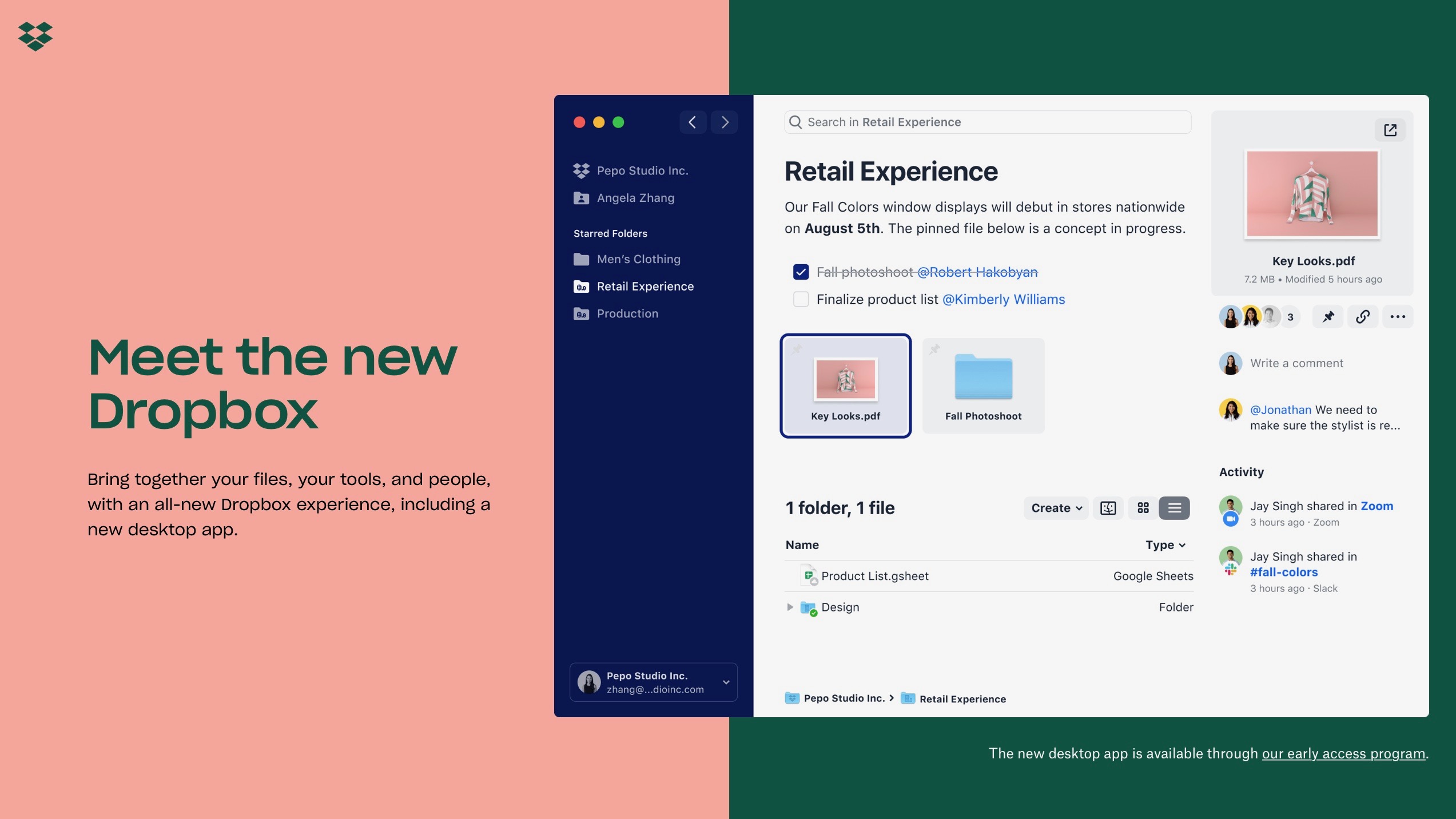
It appeared in the UI as スマートシンク (sumāto shinku), a phonetic translation of the English word. While they can access a file from their Dropbox folder on their computer, the content of that folder is stored in the cloud. Smart Sync is a feature that allows people to save space on their computers.
#Dropvox siri how to#
Some language-related findings indicated that customers experienced challenges in understanding how to use Smart Sync, a Dropbox branded feature. Our goal was to learn how people from different countries experience our products. Recently, I partnered with Jen DiZio, Head of Cross-Product Research at Dropbox, to conduct user research with Dropbox customers in Japan. UI copy should be localized with consideration for the nuances of the target language.

When designing for different cultures, there are three key language aspects to consider. Keep in mind the language of your target audience.

The designers for each of these apps reflected cross-cultural design thinking by their choice of colors used to represent positive stock price increase. Compare this with 東方財富 (Dōngfāng cáifù), in which the same Dropbox stock price was displayed in red-the color that symbolizes “good fortune” in China. Take, for example, these images of TradingView, an American trading app, and 東方財富 (Dōngfāng cáifù), a Chinese trading app, that capture the same moment in time for Dropbox stock (DBX).Īt that time, Dropbox stock was increasing in value, a fact that was symbolized by green in TradingView-the color that often symbolizes “monetary growth” in the United States. Make sure you choose colors that are culturally significant and appropriate. I hope you might find these practices useful as you think about how to incorporate cross-cultural design into your everyday design practice. Here I share a few cross-cultural design practices that I’ve learned along my life and product design journey. One of the reasons I wanted to become a product designer was to build products that would be functional and user-friendly to every human across the world, no matter their cultural background or how they communicate. For example, when Apple first came out with Siri, it couldn’t understand my mom’s Chinese accent, which just broke my heart.
#Dropvox siri software#
In the U.S., it seemed to me that nearly all software and apps that were designed in Silicon Valley were tailored for an audience of U.S. My cross-cultural design thinking was also influenced by observations I made when I watched family members with different cultural backgrounds interact with technology.

I had to balance how I interacted and connected with others in context of the expectations of that culture. I learned that to be more a part of any culture, I had to change the way I communicated and showed emotions. Wait-you mean, not every Japanese family has a Jewish-American father and Chinese mother who can only talk to each other in Japanese? As a young person, I thought we were just like any other Japanese family, and I couldn’t process how homogenous Japan was until it became clear to me that we were perceived as being culturally distinct from others. I also attended Japanese public schools and, for the most part, only had Japanese friends because Japan is a very homogenous society.

At the time, my お父さん (Otōsan, dad) didn’t speak Mandarin and my お母さん (Okāsan, mom) didn’t speak English. For example, we spoke Japanese as a family because it was the only language in which my parents could communicate, as it was the language they were both learning. While we lived in Japan, we also spent a lot of time in Shanghai, China with my mom’s family, where I ended up attending kindergarten.Īs a family, we immersed ourselves in the Japanese culture.


 0 kommentar(er)
0 kommentar(er)
